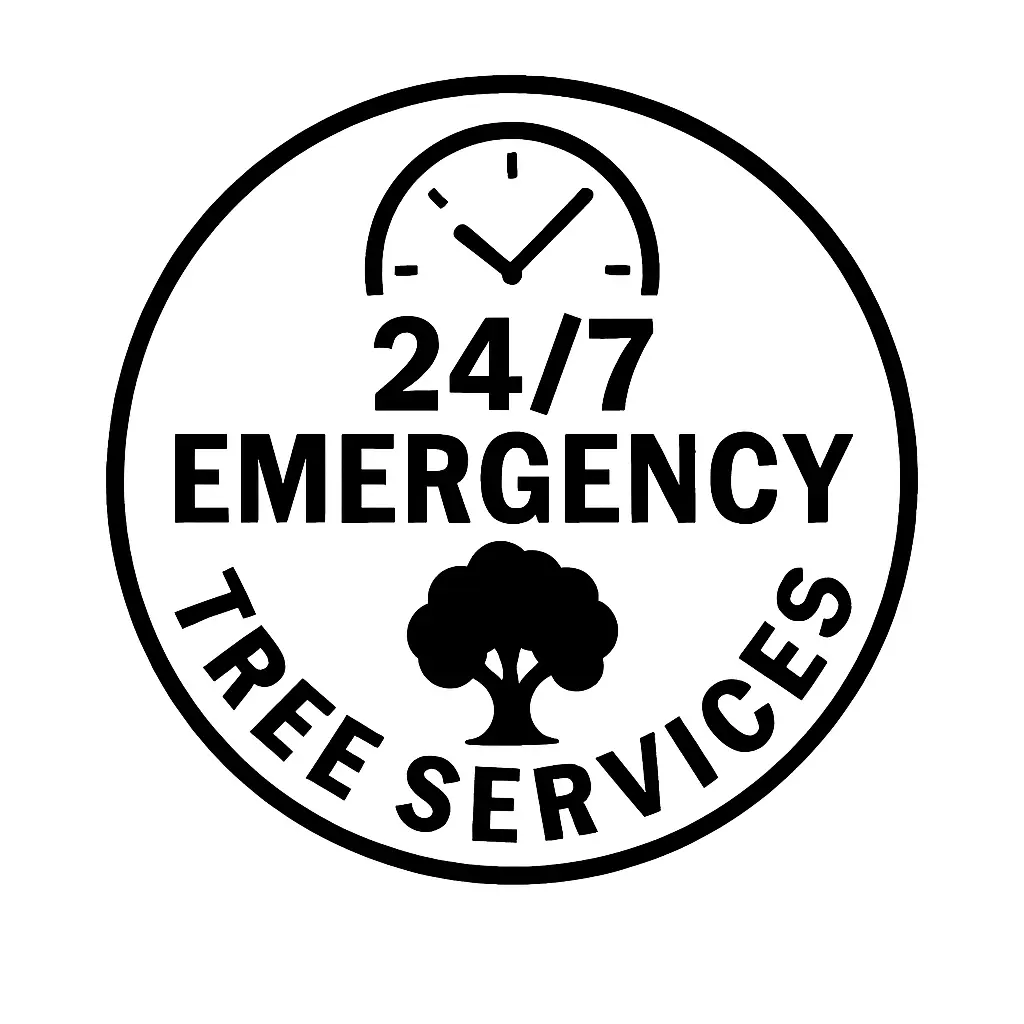
Have you noticed sticky sap dripping down the trunk of your beloved tree? While trees naturally produce sap, noticeable leaks can sometimes signal a problem. As Owens Brothers Tree Service, serving the Bronx and Manhattan for over 60 years, we’re here to help you understand sap leakage and what you can do about it.
What Causes Tree Sap to Leak from the Trunk or Branches
Here are a few common reasons why your Bronx or Manhattan tree might be losing sap:
- Pesky Insects: Aphids, borers, and scale insects are frequent culprits in NYC. These bugs feed on the tree’s sap and their damage can cause leaks. Look for clusters of insects, tiny holes in the bark, sawdust, or dying branches. Borers like the emerald ash borer and Asian longhorned beetle are particularly destructive.
- Physical Injury: Did you accidentally bump the tree with the lawnmower? Maybe a recent pruning cut wasn’t quite right. These injuries can cause trees to leak sap.
- Bacterial Infections: “Wetwood” or “slime flux” leads to oozing, foamy, and sometimes smelly sap, especially in oaks and elms.
- Normal Processes: Some trees, like maples and birches, are known to leak a bit of sap, especially during certain seasons. This is usually nothing to worry about.
Should I Be Concerned?
Assess the situation:
- Amount: Is it a small drip or a major leak?
- Appearance: Is the sap clear and sticky or discolored and foamy?
- Other Damage: Do you see signs of insects, holes in the bark, or dying branches?
What You Can Do
- Clean it up: Gently wash away sap to prevent attracting more insects.
- Watch and wait: Keep a close eye out for any changes or worsening symptoms.
- Prevent further damage: Protect your tree from accidental bumps or injuries.
When to Call Owens Brothers Tree Service
- If the leak seems excessive or uncontrollable.
- If you suspect insect infestation or bacterial infection.
- If you notice other signs of tree decline.
- If you’re worried about a large, valuable, or historic tree.
We’re Here to Help!
At Owens Brothers Tree Service, we’ve been caring for the Bronx and Manhattan’s trees for over six decades. We can expertly diagnose why your tree is leaking sap and recommend the best course of action. Don’t hesitate to contact us for a free consultation.





